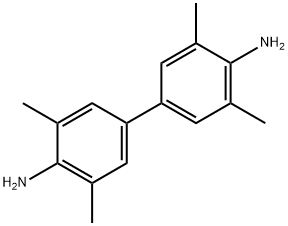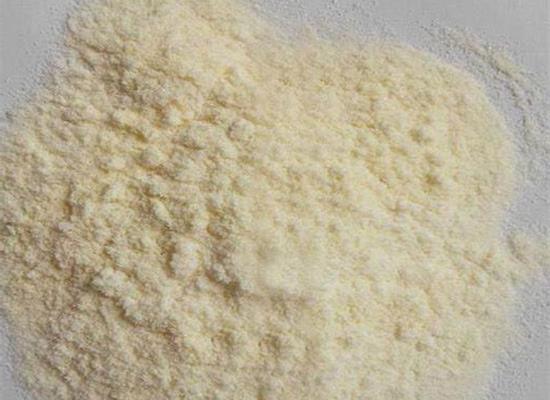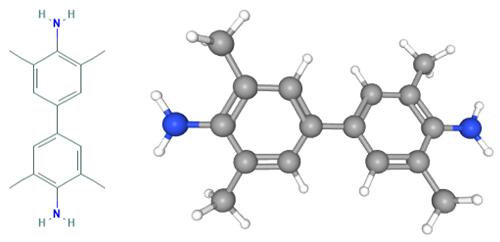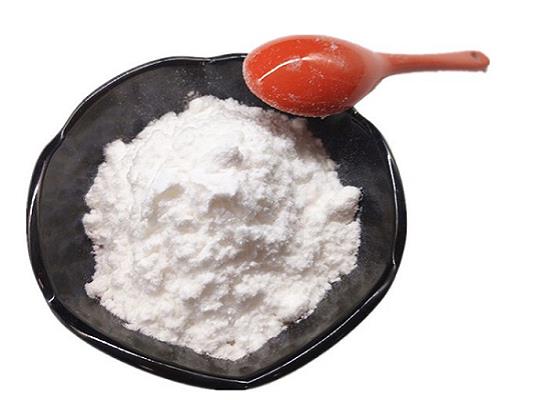Tetramethylbenzidine: properties and applications
General Description
Tetramethylbenzidine is a versatile compound widely used in various applications. It undergoes enzymatic oxidation, forming a blue-colored product with high absorptivity in the visible range. Tetramethylbenzidine's excellent color development properties and stability make it ideal for visual or spectrophotometric detection in laboratory assays. In biosensors, tetramethylbenzidine enables the detection of glyphosate in wastewater with high sensitivity and precision. Its role in peroxidase histochemistry allows tracing neuroanatomical pathways and studying the nervous system's ultrastructure. Tetramethylbenzidine is also valuable in disinfectant monitoring, overcoming interference caused by chlorite-based sanitizers' pink color and contributing to safer disinfection processes. Overall, tetramethylbenzidine's properties and applications make it a reliable tool for various scientific investigations and analytical techniques.
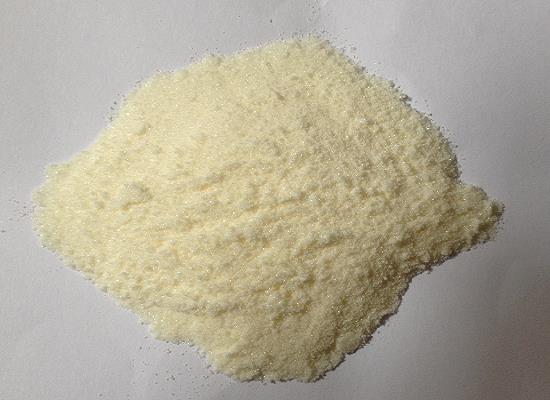
Figure 1. Tetramethylbenzidine
Properties
The color development process begins when tetramethylbenzidine is catalyzed by an enzyme, typically horseradish peroxidase (HRP), in the presence of hydrogen peroxide. This enzymatic reaction leads to the oxidation of tetramethylbenzidine, causing the formation of a radical cation intermediate. The intermediate subsequently undergoes further chemical reactions, leading to the production of a highly colored compound called oxidized tetramethylbenzidine. The oxidized tetramethylbenzidine molecule exhibits a strong absorption peak in the visible range of the electromagnetic spectrum, specifically around 370-652 nanometers, depending on the specific conditions such as pH and solvent used. The resulting blue color can be visually measured or quantified using a spectrophotometer at an appropriate wavelength. One of the advantages of tetramethylbenzidine as a chromogenic substrate is its high molar absorptivity, which means it absorbs light efficiently, resulting in a robust and easily measurable signal. Additionally, tetramethylbenzidine offers good stability, providing reproducible and reliable results over time. It is worth noting that the final color produced by tetramethylbenzidine is influenced by several factors, including the pH of the reaction mixture, the concentration of tetramethylbenzidine and the oxidizing agent, and the reaction time. Optimization of these parameters is crucial to achieve optimal color development and sensitivity of the assay. In summary, tetramethylbenzidine’s enzymatic oxidation leads to the formation of a blue-colored product, whose intensity correlates with the amount of analyte present. The excellent color development properties, high molar absorptivity, and stability make tetramethylbenzidine a reliable choice for visual or spectrophotometric detection in various laboratory assays. 1
Applications
Biosensor
Tetramethylbenzidine is used in a new trimode biosensor for detecting glyphosate in wastewater. A stable and highly catalytic Fe metal-organic framework (FeMOF) nanosol was prepared. FeMOF catalyzed tetramethylbenzidine oxidation by H2O2, producing TMBox with a fluorescence peak at 410 nm. Silver nanoparticles were added to enhance resonance Rayleigh scattering (RRS) and surface-enhanced Raman scattering (SERS). The combined effect created a sensitive biosensor. With the integration of FeMOF nanocatalysis and glyphosate aptamer reaction, a reliable SERS/RRS/FL trimode biosensor for glyphosate was established. It had a linear range of 0.1-14 nmol/L, a detection limit of 0.05 nmol/L, and good recovery (92.1-97.5%) and precision (3.6-8.7%). This biosensor offers a new method for analyzing glyphosate in environmental wastewater. 2
Peroxidase histochemistry
Tetramethylbenzidine is a chromogen used in peroxidase histochemistry for tracing neuroanatomical pathways. A modification using an ammonium paratungstate stabilizer allows the reaction to be performed at pH 6.0 in isotonic solutions, retaining high sensitivity. The resulting product resists solvents, preserving peroxidase labeling alongside Nissl staining. By stabilizing with diaminobenzidine, the tissue becomes suitable for electron microscopy and post-embedding immunocytochemistry. This enhances the ability to study neural pathways' ultrastructure and specific molecular markers. Tetramethylbenzidine's application offers a versatile method to investigate neuroanatomical connections and explore the intricate details of the nervous system. 3
Disinfectant monitoring
Tetramethylbenzidine is used in disinfectant monitoring to detect free available chlorine (FAC). Traditional methods using N,N-diethyl-p-phenylenediamine (DPD) can be hindered by the pink color acquired by chlorite-based sanitizers when in contact with organic matter. However, tetramethylbenzidine offers an alternative method that remains unaffected by the pink color interference. This enables precise FAC monitoring in chlorite-based sanitizers during food and environmental disinfection processes. Additionally, the study shows that weakly acidified chlorous acid water (WACAW), a chlorite-based sanitizer, maintains its bactericidal efficacy against methicillin-resistant Staphylococcus aureus (MRSA) and feline calicivirus (FCV) even in the presence of 0.5% bovine serum albumin (BSA). These findings contribute to the safety management of disinfection processes using chlorite-based sanitizers. 4
Reference
1. Zhang X, Yang Q, Lang Y, Jiang X, Wu P. Rationale of 3,3',5,5'-Tetramethylbenzidine as the Chromogenic Substrate in Colorimetric Analysis. Anal Chem, 2020, 92(18):12400-12406.
2. Zhao Y, Chen Q, Zhang C, Li C, Jiang Z, Liang A. Aptamer Trimode Biosensor for Trace Glyphosate Based on FeMOF Catalytic Oxidation of Tetramethylbenzidine. Biosensors (Basel), 2022, 12(11):920.
3. Weinberg RJ, van Eyck SL. A tetramethylbenzidine/tungstate reaction for horseradish peroxidase histochemistry. J Histochem Cytochem, 1991, 39(8):1143-1148.
4. Yamaoka H, Nakayama-Imaohji H, Horiuchi I, Yamasaki H, Nagao T, Fujita Y, Maeda H, Goda H, Kuwahara T. Tetramethylbenzidine method for monitoring the free available chlorine and microbicidal activity of chlorite-based sanitizers under organic-matter-rich environments. Lett Appl Microbiol, 2016, 62(1):47-54.
Related articles And Qustion
See also
Lastest Price from Tetramethylbenzidine manufacturers

US $0.00-0.00/kg2025-10-27
- CAS:
- 54827-17-7
- Min. Order:
- 1kg
- Purity:
- ≥98.5%
- Supply Ability:
- 100KG

US $0.00-0.00/kg2025-08-21
- CAS:
- 54827-17-7
- Min. Order:
- 1kg
- Purity:
- 99%
- Supply Ability:
- 20MT
